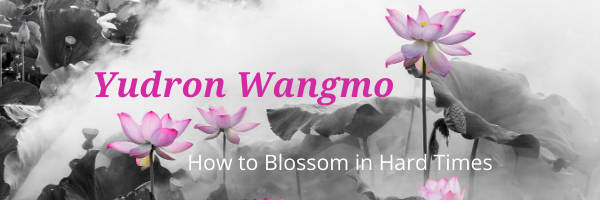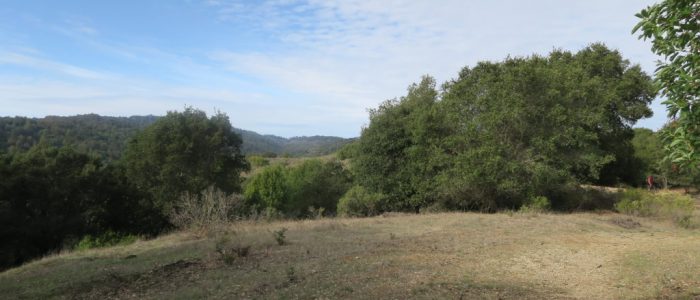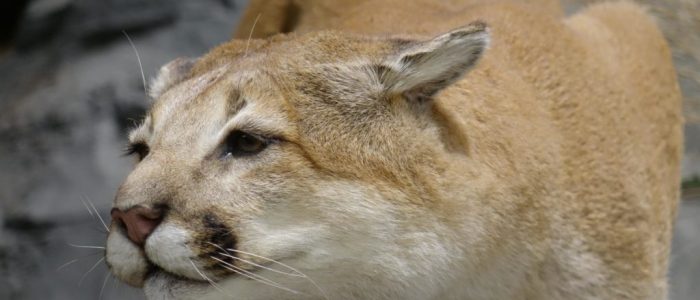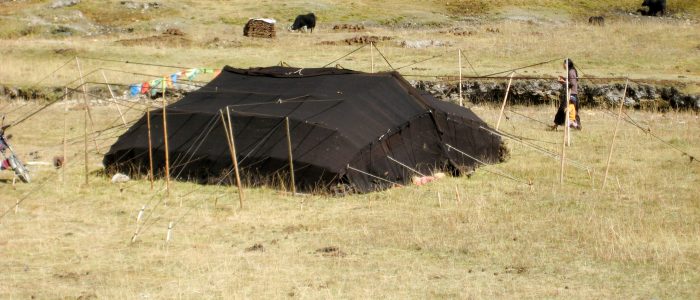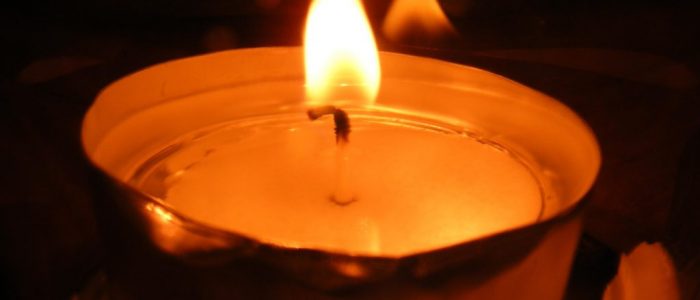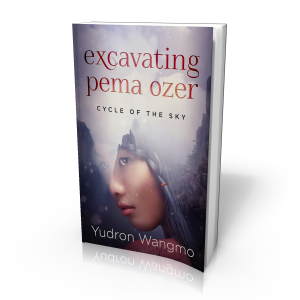 Weslyn Redinger wants one thing: to be normal again. Racked by panic attacks that have ruined her life and driven off her friends in the months since she saw the body of a young boy she loved rolled out to a waiting ambulance, she is now drawn in to a circle of seekers who surround a mysterious stranger living in her grandmother’s backyard shed. After reluctantly attending his teachings, a series of dreams is unleashed—as vivid as her waking life. At night she is an attendant to the female teacher Uza Khandro from the Tibetan countryside, during the day she is a flawed sixteen-year-old struggling to get control over her body and her life.
Weslyn Redinger wants one thing: to be normal again. Racked by panic attacks that have ruined her life and driven off her friends in the months since she saw the body of a young boy she loved rolled out to a waiting ambulance, she is now drawn in to a circle of seekers who surround a mysterious stranger living in her grandmother’s backyard shed. After reluctantly attending his teachings, a series of dreams is unleashed—as vivid as her waking life. At night she is an attendant to the female teacher Uza Khandro from the Tibetan countryside, during the day she is a flawed sixteen-year-old struggling to get control over her body and her life.
Get your copy today!
Yudron’s Journey with Excavating Pema Ozer
The traditional practices of the Nyingma School of Tibetan Buddhism include a focus on the universe of your entire experience as a mandala, your house as a palace, and yourself as a deity, a fully enlightened deity. In this kind of Buddhism, you take the result (Enlightenment) as the path. That means you engage all your senses with the world as thought you were already enlightened. In that way, your ordinary hangups, mental habits, are disrupted and a little light shines through from what is underneath. Since our awakened nature is already there and simply hidden from us by a constant stream of thoughts, these practices can take you to a space where you are operating from wisdom rather than delusion.
I am still a work in progress.
The idea for this first book came to me during the last few months of a formal three-year retreat under the guidance of one of the last of the generation of meditation masters who completed his years in retreat and gained awakening in old Tibet before the Chinese communist invaders made staying there impossible. Having been squirreled away with a group of other practitioners for all that time, I wondered, how can I help other people when I get out? Still unenlightened, I none-the-less have been deeply involved in these techniques over a couple of decades, and have greatly reduced my anxiety and depression and created more positive mental habits. I’ve got a purpose in life that isn’t a stupid waste of time. I want to help you meet with qualified teachers and start practicing sooner than I did. So, I wrote Excavating for you since my retreat ended and I came home to Oakland, California.
Inspiration
You can train your mind so you’re happier and suffer less. I’m a simple old coot and I’ve done that using the tools I learned from my wise Tibetan teachers—you certainly can. But that’s only the beginning. After you get a handle on how your own mind works, you can evolve into a great being who has natural love and compassion for all living beings equally. If you wish, you can take practice to the level where you have the actual ability to relieve the suffering of vast numbers of beings effortlessly. That level of accomplishment is known as being a Buddha or a Bodhisattva, an enlightened being.
Excavating Pema Ozer is my gift to you, so you can know what it’s like to begin to be transformed though involvement in one of the wisdom traditions that come to us from Tibet. Everyone’s experience will be different, but I started with my character Weslyn because she lost someone to gun violence, and a lot of teens in my neighborhood have, too. In her case, that motivated her to start meditating. Other people have all kinds of different reasons.
Settings
Weslyn, one of two main characters in Excavating is from the Dimond District of Oakland, California. Overwhelmed with anxiety and loneliness since losing a young friend to a senseless shooting, she is sent to spend the summer with her eccentric grandmother in close-by Alameda. There, she encountered a Tibetan meditation master living in a shed in her Grandmother’s back yard.
Location: The ‘waking life’ aspect of the book is set in Alameda, California, an island in the San Francisco Bay right next to Oakland and heading westward to Hillsboro on the Peninsula.
Weslyn’s story is contrasted with the life of a girl she dreams about, Pema Ozer, who lived in a nomadic spiritual community in Tibet in 1920’s, and had her own losses and struggles.
The Golok region of Eastern Tibet in the 1920s, and heading Westward to the Nangchen area.
Pema Ozer’s meditation masters, Uza Khando and Tulku Drimey, were real teachers who lived in a remote Northeastern Tibetan area called Golok. Uza Khandro was one of the greatest female teachers in Tibetan history, and was a Dakini, the rebirth of a fully enlightened master of the past. Her autobiography describes endless hardship in her struggle to bring her enlightened message to the world. She was born in a wealthy family in the capitol city of Lhasa, and ran away to a remote area at a young age to connect with her teacher and future husband, Tulku Drimey, another great reincarnate meditation master. Toward the end of her life she lived at a small rural monastery called Awo Sera, and became known as Sera Khandro—the dakini from Sera.

Statue of Sera Khandro
She and Tulku Drimey were only together for a short time, yet their love stimulated the welling forth of spiritual revelations for both of them—practice texts and commentaries that were written down for posterity. Sera Khandro’s writings have survived, but the collected works of Tulku Drimey vanished. Those missing texts as the glue that connects Pema Ozer and Weslyn in my novel. It is unfortunately not true that the books have been found.
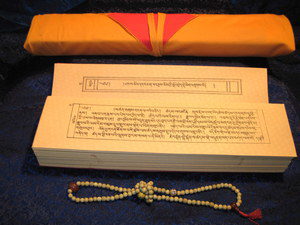 In the mid-twentieth century, some non-monastic enlightened masters in the Golok region formed their own roaming communities, mirroring the lifestyle of the tent-dwelling nomadic clans there. In recent years the government is putting an end to traditional nomadic lifestyle in the Golok region, a process that is also happening nomadic people all over the world. There are still charismatic grassroots non-monastic teachers live who in Tibetan religious encampments (chö gar), but these groups have become increasing stationary. Or great teachers may live in mountain hermitages (ri trö) surrounded by small groups of disciples. Sometimes these communities disband when the teacher passes away, and sometimes permanent centers are established, with ornate temples and large sacred monuments. Tibetan teachers have also settled all over the world since Tibet was grabbed by China in the late 50’s.
In the mid-twentieth century, some non-monastic enlightened masters in the Golok region formed their own roaming communities, mirroring the lifestyle of the tent-dwelling nomadic clans there. In recent years the government is putting an end to traditional nomadic lifestyle in the Golok region, a process that is also happening nomadic people all over the world. There are still charismatic grassroots non-monastic teachers live who in Tibetan religious encampments (chö gar), but these groups have become increasing stationary. Or great teachers may live in mountain hermitages (ri trö) surrounded by small groups of disciples. Sometimes these communities disband when the teacher passes away, and sometimes permanent centers are established, with ornate temples and large sacred monuments. Tibetan teachers have also settled all over the world since Tibet was grabbed by China in the late 50’s.
The Symbolic Landscape
Have you ever seen a mandala? You may not know that these colorful diagrams are a symbolic representation of your wisdom. In the center is a symbolic awakened being who represents the wisdom-awareness aspect of our own mind, translucent and made of light. There are often other deities in the four directions and other deities representing other aspects of wisdom and enlightened activities, wielding tools of liberation and wearing symbolic garb. You can be introduced to a meditation involving mandalas by a qualified teacher. That teacher, called a lama in Tibetan, performs ceremony called an empowerment, gives spoken transmission of the words of the practice, and provides in-depth instruction. Just to be clear, I am not such a person.
For the seasoned practitioner of mandala practices, Granma Sandy from Excavating lives at the center of the mandala of the fierce black mother, the sky-goer T’hroma Nakmo as she is known in Tibetan. The characters in the story represent awakened beings in her mandala. Each of the four young women featured as a main character in a Cycle of the Sky book is an activity dakini, and the direction she travels in for her activity is significant. So, there is a way of reading the books as what is called an allegory, a tale that can be read as a symbolic journey.
Themes
- Neurosis
- Desire
- Wisdom
- Discriminating Wisdom
- Enlightened Activity
- Magnetizing
- Direction
- West
- Color
- Red
- Metal
- Copper
- Season
- Summer
- Implement
- Hook
- Characters who embody the theme:
- Weslyn (activity), Pema Ozer (activity) Pamela (embodiment), Sam (protector)
Sign up for my newsletter today for special offers
and to hear about my next book as soon as it’s available.
